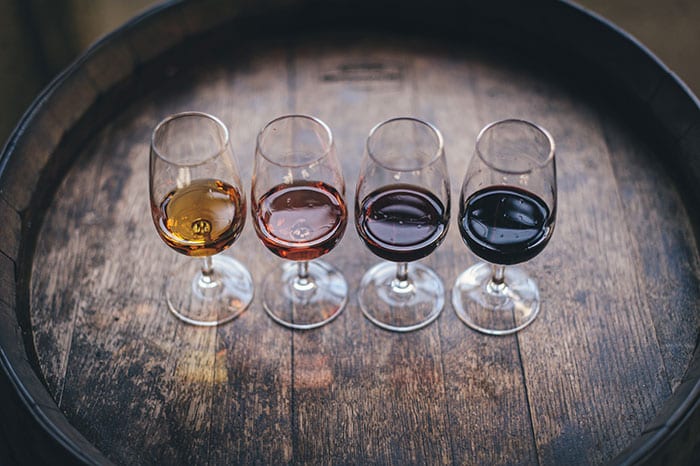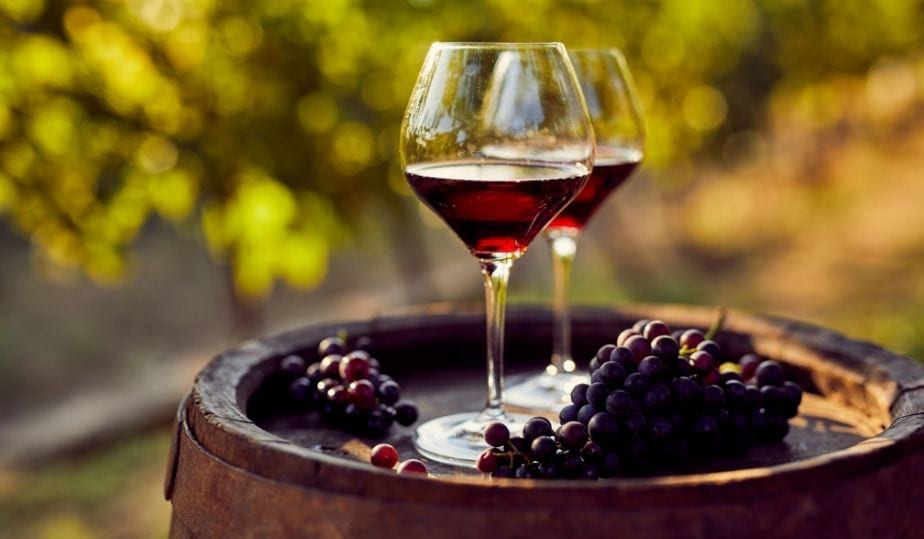If you’re reading this, then you already know you’re an oenophile. If you love the taste of a nice red on your tongue, enjoy the sound of a cork popping out of a bottle, or get excited about trying a wine from a new region, then wine may just be your true love. That said, we can’t deny that knowledge is a part of the relationship. The wine knows just how to fill you up and ease your mind, so shouldn’t you know a bit about it, too? To get you on the right track, here are some wine terms every wine-lover should know.
Wine Body
Chances are you’ve heard sommeliers use the term “body” when they discuss a wine, but are not certain exactly what that means. The body of the wine refers to how the wine feels in your mouth (“mouthfeel” is another synonym). Wines are described as: light-bodied, medium-bodied, and heavy-bodied, terms you can illustrate how “deep” a wine looks and how easy it is to drink. Below you’ll find a few examples of wines from each category:
- Light-bodied wines: riesling and pinot noir
- Medium-bodied wines: pinot grigio and sauvignon blanc
- Full-bodied wines: chardonnay and malbec
Tannin
If you have ever noticed that your mouth has a dry sensation after a sip of red wine, tannins in the wine are responsible for that feeling. These compounds exist in a variety of elements around the world, but when it comes to wine, they’re found in the grape skins, seeds, and stems. During the wine production process, tannins are released from the grape, soaking into the juice. The longer they soak into the juice, the more are present in the wine, and according to research, tannins are shown to have some health benefits.
- Tannin-filled wines: cabernet sauvignon, Syrah, and nebbiolo

Oaked
Hopefully, as a wine-lover, you know that the barreling step is one of the main aspects of the wine creation process. But what you may not know is that the barreling process can look different for every bottle of wine. Oaked wines aged in oak barrels rather than in stainless steel, reap benefits from coming into contact with oak, which can enhance the color, mouthfeel, and flavor profile of the wine. Done properly, it can make your wine feel smoother and more buttery.
- Oaked wine: pinot noir and some chardonnays
There’s always more to learn about wine (or travel Italian vineyards with us), but these are the basic wine terms every wine-lover should know. It’s your first step to becoming an amateur sommelier!

